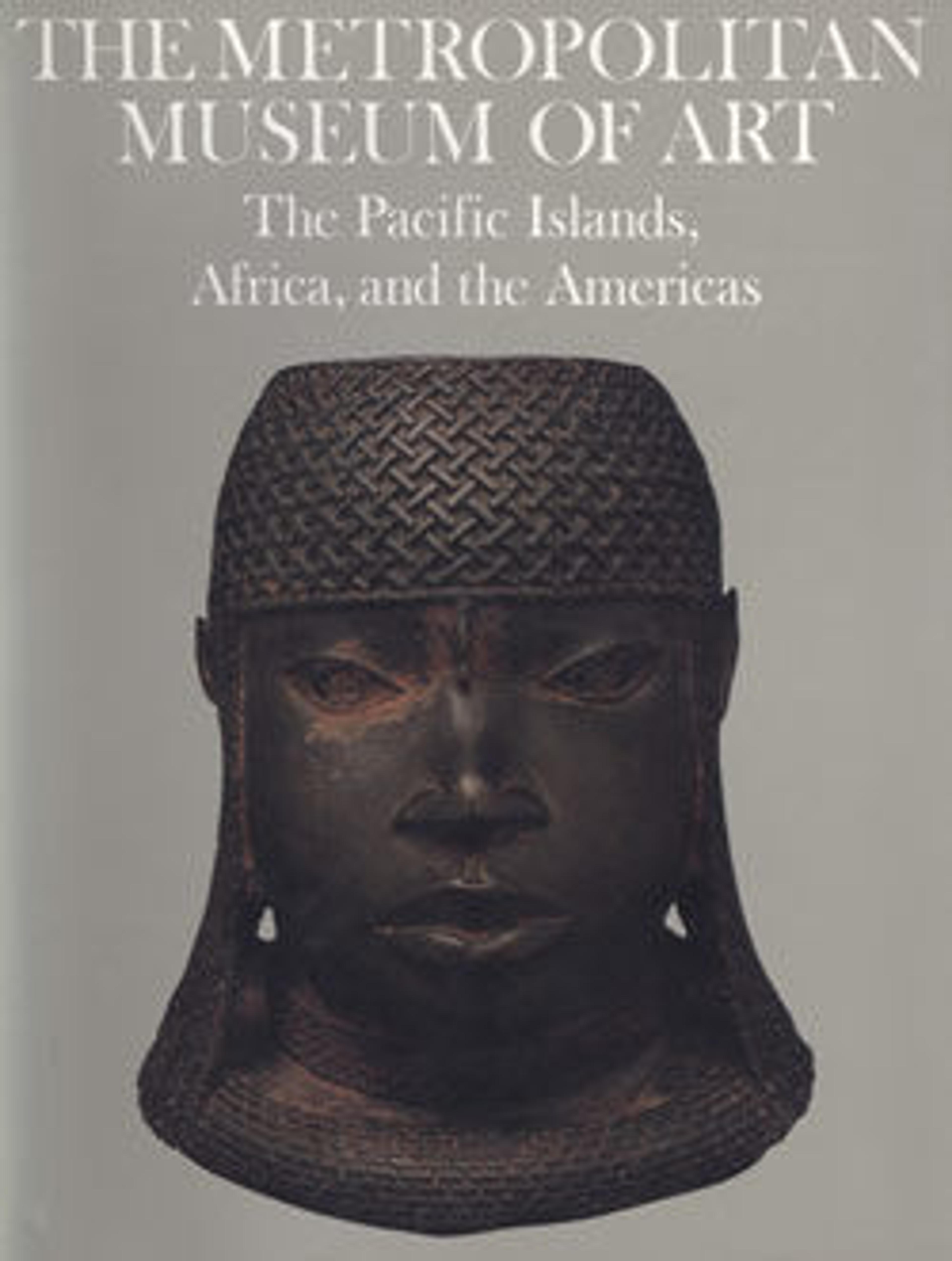Zoomorphic Figure
The earliest known Oceanic sculptures are a variety of ancient stone objects discovered in New Guinea. Unearthed primarily in the mountainous highlands of the interior, they are enigmatic remnants of a culture, or cultures, that once flourished widely on the island. They include independent figures as well as mortars, pestles, club heads, and other forms. The dating of these objects remains uncertain, although organic material associated with one example recently has been carbon dated to around 1500 B.C., indicating that some are of great antiquity.
This figure possibly depicts an echidna, an egg-laying mammal related to the platypus. Although their original significance is unknown, prehistoric stone objects play, or played, important roles in the religious life of many contemporary Highland peoples. Unearthed by chance, they are regarded as supernaturally powerful objects and are used in diverse ceremonial contexts, including fertility rites, curing sickness, warfare, and malevolent magic.
This figure possibly depicts an echidna, an egg-laying mammal related to the platypus. Although their original significance is unknown, prehistoric stone objects play, or played, important roles in the religious life of many contemporary Highland peoples. Unearthed by chance, they are regarded as supernaturally powerful objects and are used in diverse ceremonial contexts, including fertility rites, curing sickness, warfare, and malevolent magic.
Artwork Details
- Title: Zoomorphic Figure
- Date: ca. 1500 BCE– ?1600 CE
- Geography: Papua New Guinea, Mendi region, Southern Highlands Province
- Culture: Mendi region
- Medium: Stone, pigment
- Dimensions: H. 16 1/8 × W. 4 5/8 × Diam. 4 1/2 in. (41 × 11.7 × 11.4 cm)
- Classification: Stone-Sculpture
- Credit Line: Anonymous Gift, 1984
- Object Number: 1984.123.1
- Curatorial Department: The Michael C. Rockefeller Wing
More Artwork
Research Resources
The Met provides unparalleled resources for research and welcomes an international community of students and scholars. The Met's Open Access API is where creators and researchers can connect to the The Met collection. Open Access data and public domain images are available for unrestricted commercial and noncommercial use without permission or fee.
To request images under copyright and other restrictions, please use this Image Request form.
Feedback
We continue to research and examine historical and cultural context for objects in The Met collection. If you have comments or questions about this object record, please contact us using the form below. The Museum looks forward to receiving your comments.
